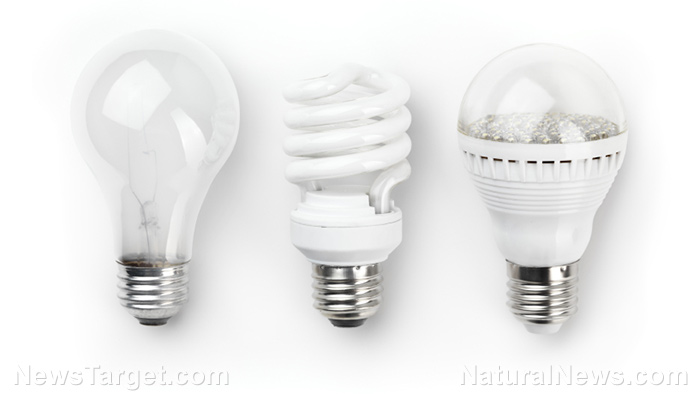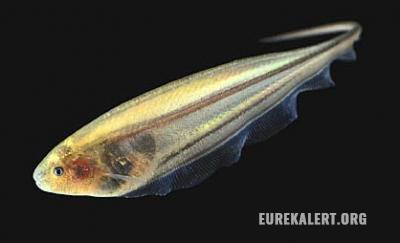Light and life: Can “engineered light” influence human health and productivity?
04/04/2019 / By Edsel Cook

You have probably relegated light-emitting diodes (LEDs) to the same spot that electric light bulbs used to occupy in your awareness. At the most, there will be a slight footnote that the new device gives off more light and consumes less energy than the old one. But some researchers are arguing that LEDs bring more than just light to humans.
These researchers are saying that light exerts a significant effect on the health and productivity of humans. One need only to look up to the Sun, which provides life-giving illumination and warmth to the Earth, to realize how true that is.
Using the Sun as their template, humans developed artificial sources of light. Each new generation of lighting technology came closer and closer to replicating the various types of light radiated by Earth’s parent star. Today, the versatility of LEDs allow them to serve as pocket suns under the complete control of their creators – and they can do much more in the future.
“LED lighting is only in its infancy,” claimed Sandia National Laboratories (Sandia) researcher Jeff Tsao, the lead author of a recent ‘Perspectives’ article in the journal Nature. “We now stand at the threshold of what might be called engineered light.” (Related: Researchers create a more energy efficient organic LED.)
From simple fires to light-emitting diodes, humans can now control light
If one thinks about it, this all started with humans learning how to make fire. In addition to providing heat and offering protection against predators, fire gave off light. It allowed humans to see and work during the night, a time when other diurnal organisms would be sleeping.
As time went by, humans developed many different methods to produce light. They went from burning plant material to using other kinds of fuel to harnessing the power of lightning through electricity. Along the way, they replaced chemical fires with other materials that used different processes to emit light, culminating in today’s light-emitting diodes.
Tsao said that LEDs give humans the ability to control the timing, duration, area, and type of illumination with deliberation and great precision. The benefits go beyond making it easier for human eyes to see things.
Certain types of light can activate specific hormones in the human body that affect various important processes such as metabolism, sleep, and even healing. LEDs that give off the right kind of light can be used to stimulate the efficiency of these processes, thereby increasing the health of a person.
LEDs can enable indoor farming, especially when hooked up to an Internet of Things
Plants respond even more strongly to light-based stimuli than humans. LEDs have gotten bright enough to serve as lighting in indoor farming.
The wavelength and intensity given off by the devices can be customized. Engineered light can speed up the growth and development of the plants and ensure that the entire crop adheres to certain shapes or sizes. It can even get edible plants to synthesize more natural compounds, making them more nutritious for human consumption.
“That’s not to ignore the integration of LEDs with the internet of things, which is already happening with LED integration with electronics, sensors and communications,” said Tsao.
The Internet of Things refers to the communications network used by electronic circuits found in “smart” devices. Hooking up LEDs to that wireless network will allow the user to control the light settings of an indoor farm from anywhere with an internet connection.
Tsao concluded that the increasing use of light-emitting diodes is going to bring benefits that go beyond saving money on the electric bill. LEDs will greatly change human society as we know it.
Sources include:
Tagged Under: alternative medicine, artificial light, breakthrough, discoveries, future science, health science, indoor farming, Internet of Things, LED technology, LEDs, light-emitting devices, research, smart devices, technology



















